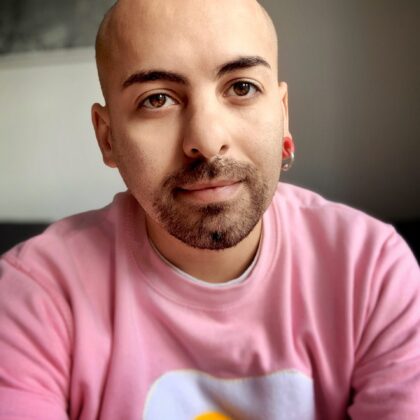Interview with artist and EDI advisor Daniel Regan
Opinion
Visual artist and creative health expert Daniel Regan has been appointed as our equality, diversity and inclusion advisor. We asked Daniel to tell us more about himself and his work.

Tell us a bit about yourself
I’m a visual artist with a practice heavily rooted in the exploration of the impacts of mental health difficulties. My interest in the arts, and in particular photography, began for me as a young person at the onset of my own mental health difficulties. As a young person I never expected to become an artist as the rigidity of how we learnt to be ‘creative’ at school was stifling. It was my own challenges that led me to use photography to better understand my difficulties.
In the last two decades my creative practice has grown to encompass a number of strands where the thread that binds them together is the focus on creative health. I regularly produce works that explore complex emotional experiences focusing on taboo subjects: racism, self-injury, grief and loss. These are themes we tend to avoid in life but many of us experience. Unlike the idea of a traditional artist who strives to exhibit and sell works in white walled commercial galleries, I prefer to create and show works that provoke discourse in more unusual spaces.
Alongside my visual arts practice I deliver socially engaged projects that focus on self-expression and the exploration of illness and identity. I run the Arts & Health Hub, a not-for-profit organisation that supports other artists exploring health, wellbeing and what it means to be human. I also provide consultancy on creative health for a number of organisations.
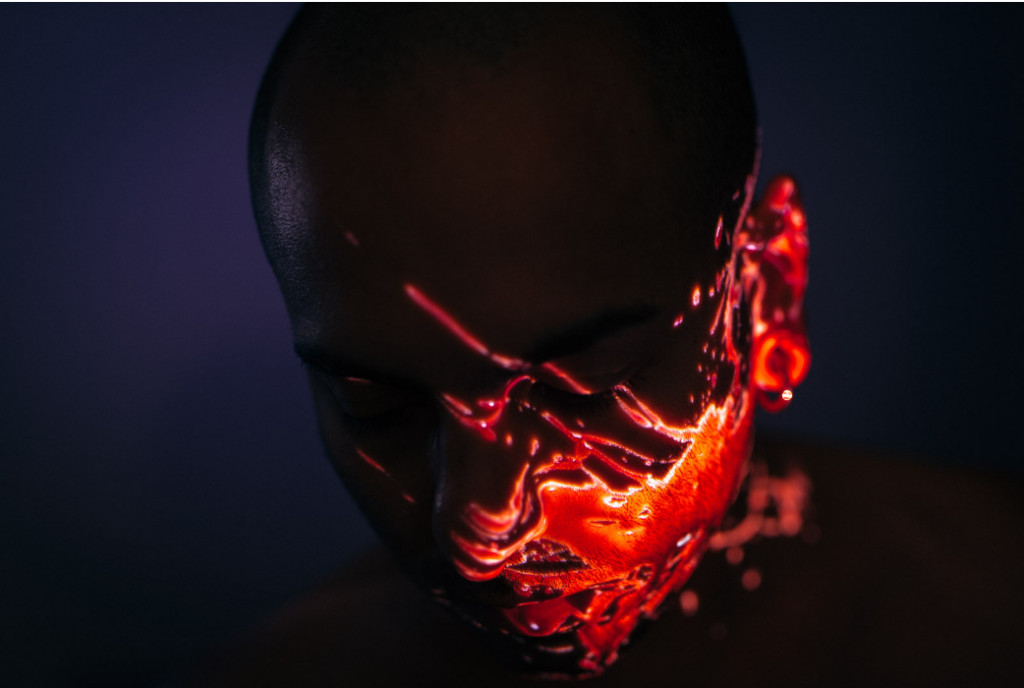
What led you to align with art therapy and join our Council as the Equality, Diversity and Inclusion Advisor?
I have a socially engaged practice that involves working with others exploring the challenges of both mental and health difficulties. I work in a lot of different environments delivering this work: psychiatric hospitals, primary care, community venues and educational sites.
I love working within interdisciplinary teams where each of our skills and insights differ and are valuable. I have worked alongside many art therapists across multiple projects and believe it is important as an artist to consider the psychological safety of those that I am supporting, as well as myself.
Personally, having been in therapy on and off for 20 years, I have had both positive and negative experiences that could have been mitigated by more attention being paid to alternative lived experiences. As a queer, disabled person of colour I’m conscious that the lens from which I view the world is different from many others. Just as I am different, so are others to me, and we all need to do the work to be more inclusive in understanding a diverse set of viewpoints, including how people access and experience therapy.
Just as I am different, so are others to me, and we all need to do the work to be more inclusive in understanding a diverse set of viewpoints, including how people access and experience therapy.
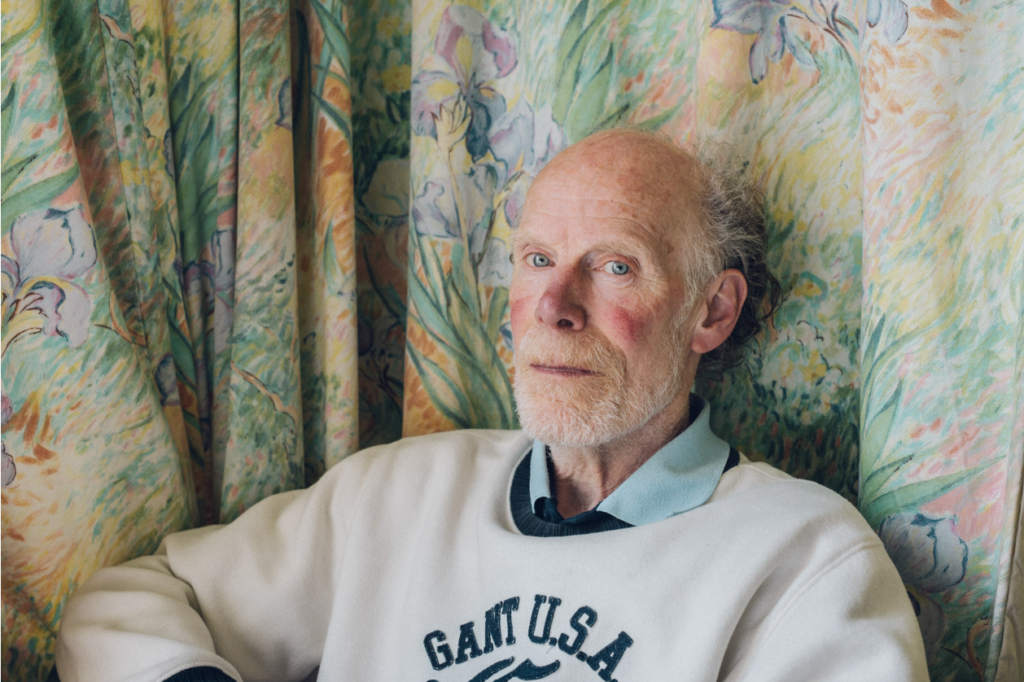
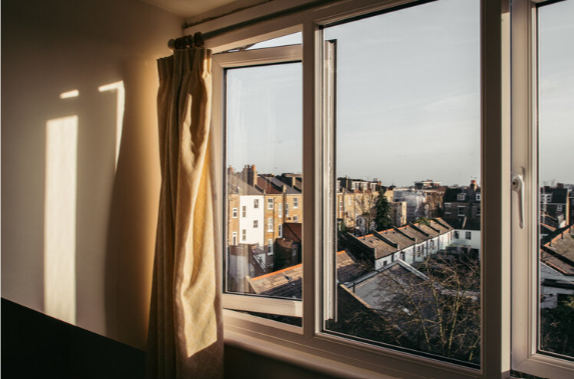
How does your visual art practice link to the equality, diversity and inclusion work you do?
A lot of my personal work has been about my own lived experiences of mental health and the exploration of my intersecting identities.
More so in my consultancy roles I work with funders and professional medical bodies to consider how processes can be more accessible and equitable, ask questions about who is or is not in the room, and how to increase the diversity of those in leadership roles. I look forward to applying some of these thoughts to my role at the British Association of Art Therapists.
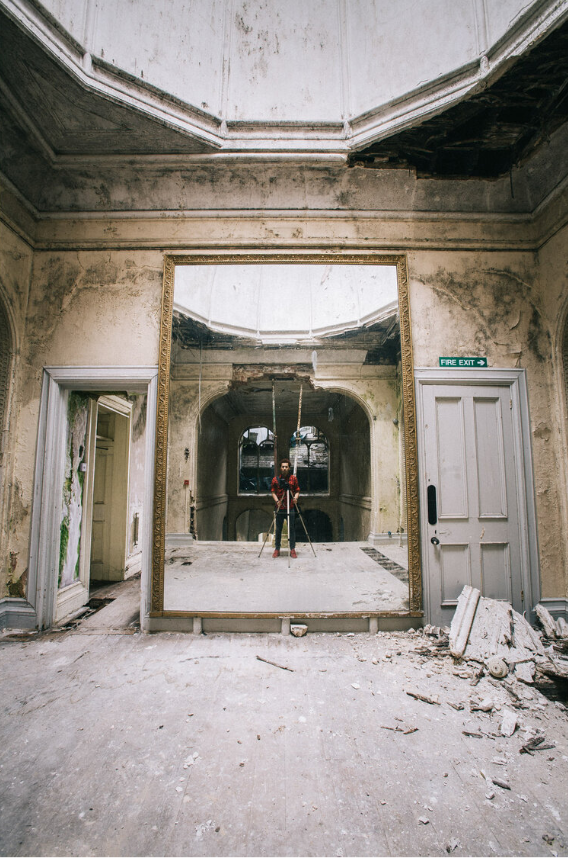
You have 20 years experience working in arts and health. What changes do you hope to see in the future?
I am particularly keen on the continued breaking down of the stigma around lived experience of ill mental health. Society has made great leaps and bounds in having more open conversations about mental health, but the stigma remains, particularly within certain cultures and communities.
Anyone can be affected by mental health difficulties, but it is easy to feel responsible and ashamed for experiences often out of our control. It took me a long time to be open about my living (not lived) experiences – and to shed the shame that society can place on people living with mental health challenges.
I now do not see my challenges as something to be ashamed of. They are frustrating and unwanted, but they are a part of who I am. In my work they have become an asset. My experiences mean that I think differently to others. I have lived through experiences that some never will. Sometimes I am better able to understand a participant I work with. I am able to create work that helps others to understand the phenomenology of distress.
About Daniel’s role as equality diversity and inclusion advisor
Daniel will be supporting us to reflect on our equality, diversity and inclusion strategy and how inclusive practice is developing.
